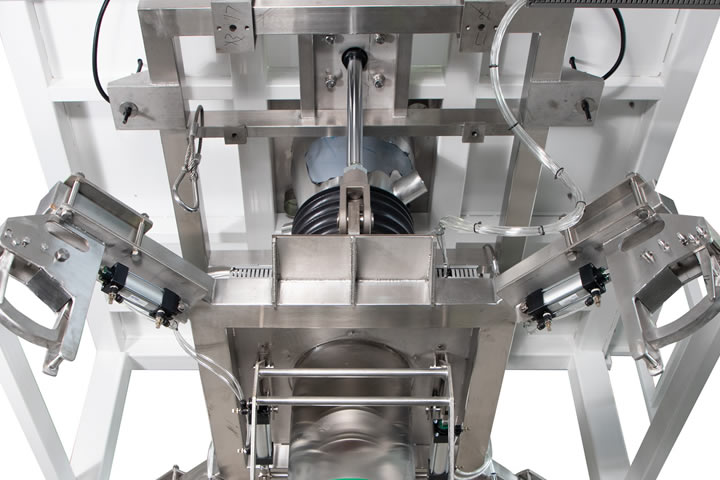In the transparent corridor of Qatar Airways' Doha catering center, a box of freshly packaged chicken tagine is slowly passing through the inspection line. The seal of the packaging bag is covered with a subtle laser code, which is the "identity mark" given by the ply-pack intelligent sterilization chamber-from food filling to loading and transportation, the microbial data of each process is recorded in real time. Three weeks ago, this newly completed airline meal aseptic packaging production line just passed the surprise inspection of the International Air Transport Association (IATA).

"In the past, our meal packaging qualification rate was always stuck at 99.2%, and the 0.8% fluctuation was like a time bomb." Hassan, the quality control director of Qatar Airways, recalled. The high humidity in tropical regions often causes condensation in traditional sterilization equipment, and mold is easy to grow on the edges of packaging bags. The solution proposed by the ply-pack engineering team is refreshing: the dynamic airflow purification system and the intelligent sterilization cabin are nested - the former builds an "invisible barrier" with a laminar wind speed of 12 meters per second, and the latter uses atomized hydrogen peroxide and ultraviolet rays to alternately sterilize, ensuring that the concentration of microorganisms in the filling area is always below 0.05CFU/cm³.
On the first day of the production line, the two teams conducted a 14-hour extreme test. When 30kg/m³ of particles simulating a sandstorm environment were injected into the workshop, the dynamic airflow purification system immediately started the three-level boost mode, and the number of suspended particles on the monitoring screen returned to zero within 23 seconds. What amazed Hassan's team even more was the intelligence of the sterilization process: when packaging high-protein ingredients such as salmon salad, the system automatically switches to low-temperature drying mode to avoid residual moisture causing secondary microbial reproduction.
"The real breakthrough is to open up the breakpoint between packaging and transportation." The ply-pack supply chain director pointed to the sky corridor and explained. This sealed passage directly connected to the apron is loaded with airline meal boxes that have been packaged with zero pollution. Each box has a built-in NFC chip. Ground staff can scan it with a handheld terminal to read the complete traceability chain from the storage of raw materials to the countdown of installation. Ahmed, logistics manager of Qatar Airways, demonstrated on site: when the transportation temperature of a batch of meal boxes exceeds the standard by 0.5¡æ, the system automatically triggers the self-cleaning program of the dynamic airflow purification equipment to eliminate the risk of cross-contamination.
In its latest white paper, the International Air Catering Association listed this production line as a "model for food safety upgrades for small and medium-sized airlines." Hassan wrote in the acceptance report: "Dynamic airflow purification is not a simple superposition of equipment, but a reconstruction of the biosafety logic of airline meal production." Today, the customer complaint rate of Qatar Airways' economy class meals has dropped by 67%, and the shelf life of first-class lobster dishes has been extended by 40%.
At Doha Airport in the twilight, another flight with the Qatar Airways logo soared into the sky. The indicator lights of the dynamic airflow purification system on the top floor of the catering center flash regularly, like a silent monument erected for airline meal safety standards. The ply-pack R&D team has begun developing a shipboard version, which may open up a new sterile battlefield for cruise meal packaging in the future.

